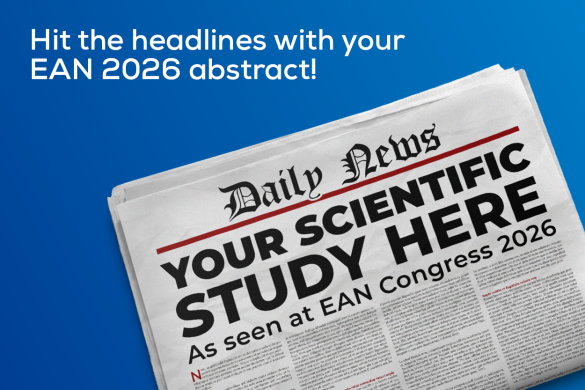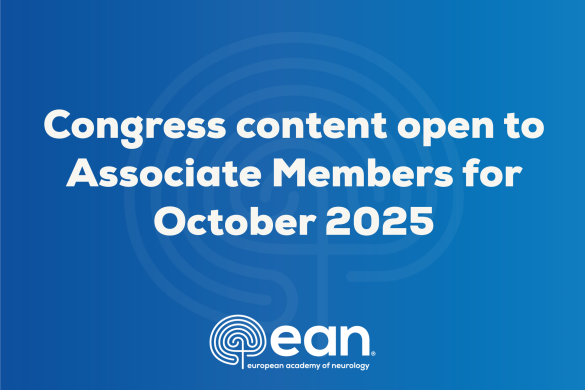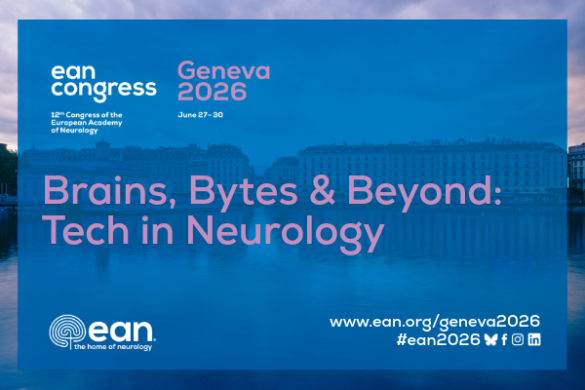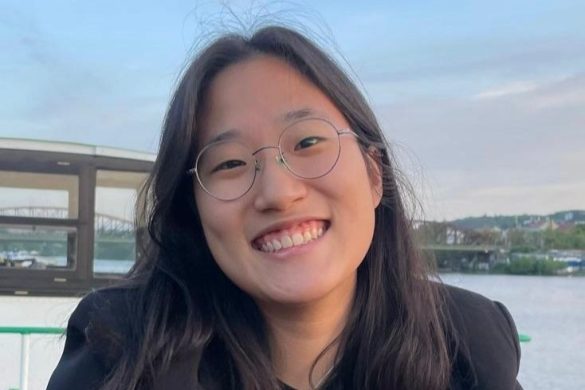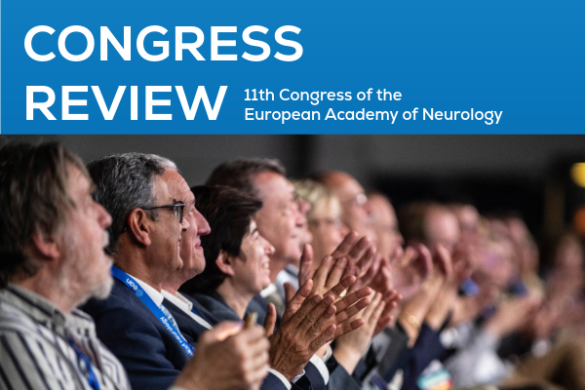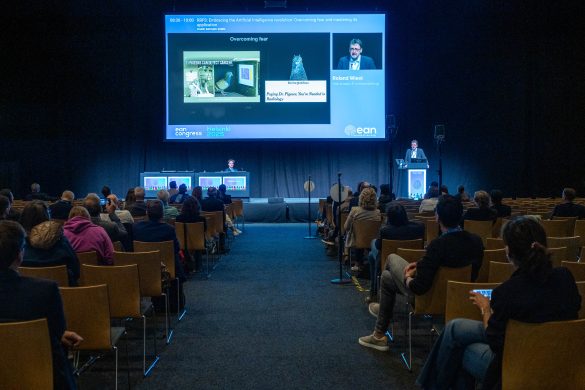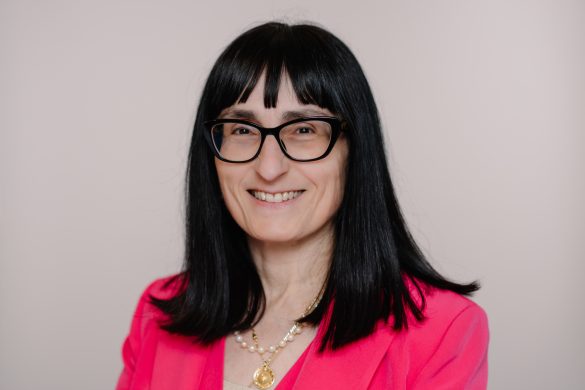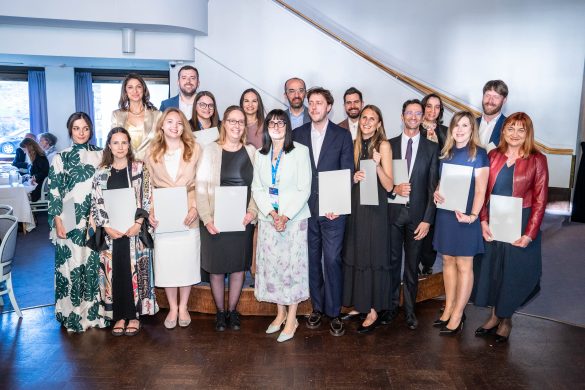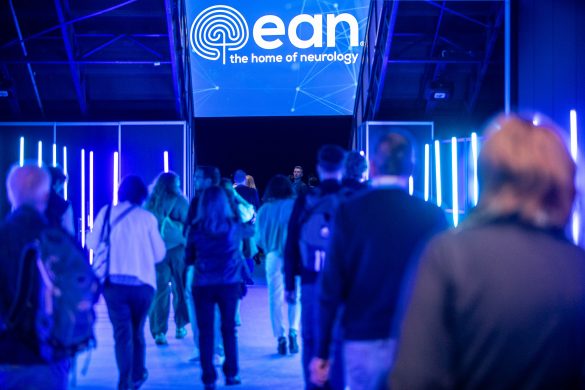by Irene Scala
What’s new in neurological treatments? Actually, quite a lot!
In this special session, brilliantly led by Prof. Irena Rektorova, from the Czech Republic, a group of highly qualified speakers presented the latest breakthroughs in the treatment of neurological diseases. Over the past year, several impactful clinical trials have been published on novel disease-modifying therapies that could radically transform patient care and prognosis. The topics ranged from rare neuromuscular and infectious diseases to highly prevalent conditions such as migraine. The engaging panel provided the participants with valuable, cutting-edge insights into these emerging therapeutic opportunities.
Prof. Lea Grote-Levi from Hannover opened the session with essential information about the possible use of directly isolated allogenic virus-specific T cells (DIAVIS-T) for the treatment of progressive multifocal laukoencephalopathy (PML), a rare and rapidly progressive infectious neurological disease casued by the John Cunningham virus in immunosuppressed patients. She presented the results of a recent trial demonstrating how DIAVIS-T therapy, a treatment based on the administration of T cells previously immunised from donors, significantly slowed PML progression in 79% of patients, a goal milestone never achieved before.
Missed the session?
Watch it on demand via our Virtual Congress Platform – click here!
This was followed by Prof. Antonio Toscano from Messina, who discussed the results of a trial showing promising results of a new add-on therapy for late-onset Pompe disease, a hereditaty glicogen storage disorder caused by a deficiency of acid alpha-glucosidase that leads to systemic muscular involvement. He highlighted the results of this recently published trial suggesting that combining Miglustat, a glucosylceramide synthase inhibitor, with cipaglucosidase alfa standard therapy resulted in improved motor and respiratory outcomes compared to cipaglucosidase alone
Next, Prof. Messoud Ashina introduced a promising new therapeutic target for migraine, the pituitary adenylate cyclase-activating polypeptide (PACAP). He reviewed two high-impact studies showing that PACAP infusion can trigger migraine in healthy volunteers, suggesting a potential causal role of this peptide in migraine pathogenesis. He then presented results from a trial evaluating Lu AG09222, a humanised monoclonal antibody that binds to PACAP, which was found to reduce both migraine attack frequency and the need for acute medications.
Prof. Marianne de Visser from Amsterdam then explored the potential role of chimeric antigen receptor T-cell therapy (CAR-T), an advanced immunotherapy primarly used in oncology, in the treatment of inclusion body myositis (IBM), a rare inflammatory muscle disease. She presented several case reports showing encouraging responses to CAR-T in patients unresponsive to standard treatments, but also emphasised the lack of data on potential side effects and long-term outcomes, recommending a cautious approach to these therapies.
Dr Laura Papetti from Rome followed with cutting-edge insights into the potential use of Ocrelizumab, an anti-CD20 monoclonal antibody, for the treatment of paediatric multiple sclerosis. She shared data from an open-label trial involving 23 children, which showed that Ocrelizumab was effective in reducing both radiological and clinical relpases and improved disability scores, with an acceptable incidence of managable and reversible serious adverse events.
Finally, Prof. Michelangelo Mancuso from Pisa presented positive results from a trial testing the use of elamipretide, a synthetic mitochondrial peptide, for the treatment of patients with primary mitochondrial myopathies of nuclear origin. A phase III trial showed significant clinical improvements after Emilapretide treatment in a subgroup of patients, particularly those carrying specific pathogenic nuclear DNA mutations, suggesting a disease-modifying effect.
In summary, this insightful session underscored the evolving landscape of therapeutic options in neurology. The compelling presentations and discussions showcased not only exciting recent advances but also the need for ongoing research in this rapidly developing field.




